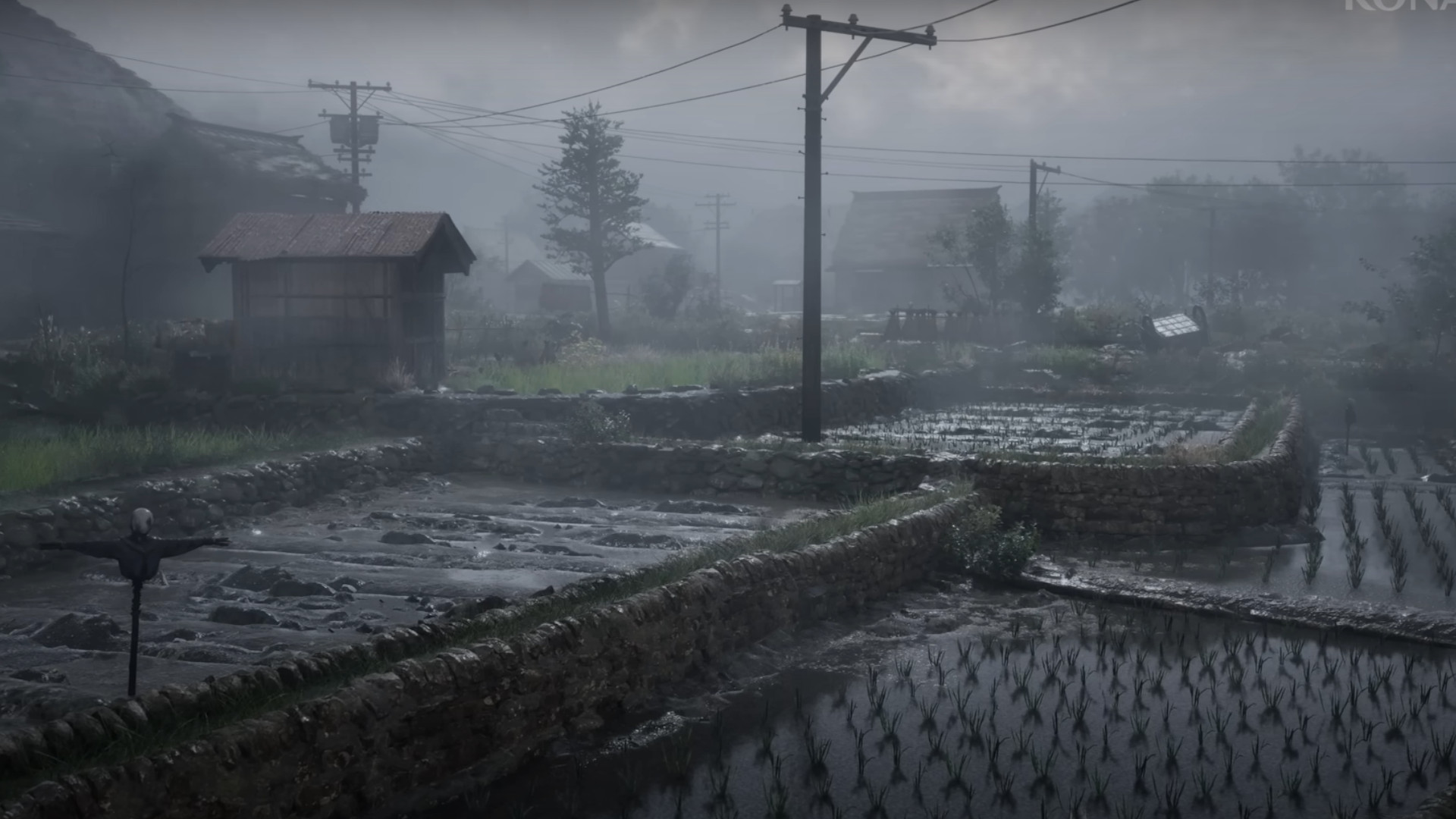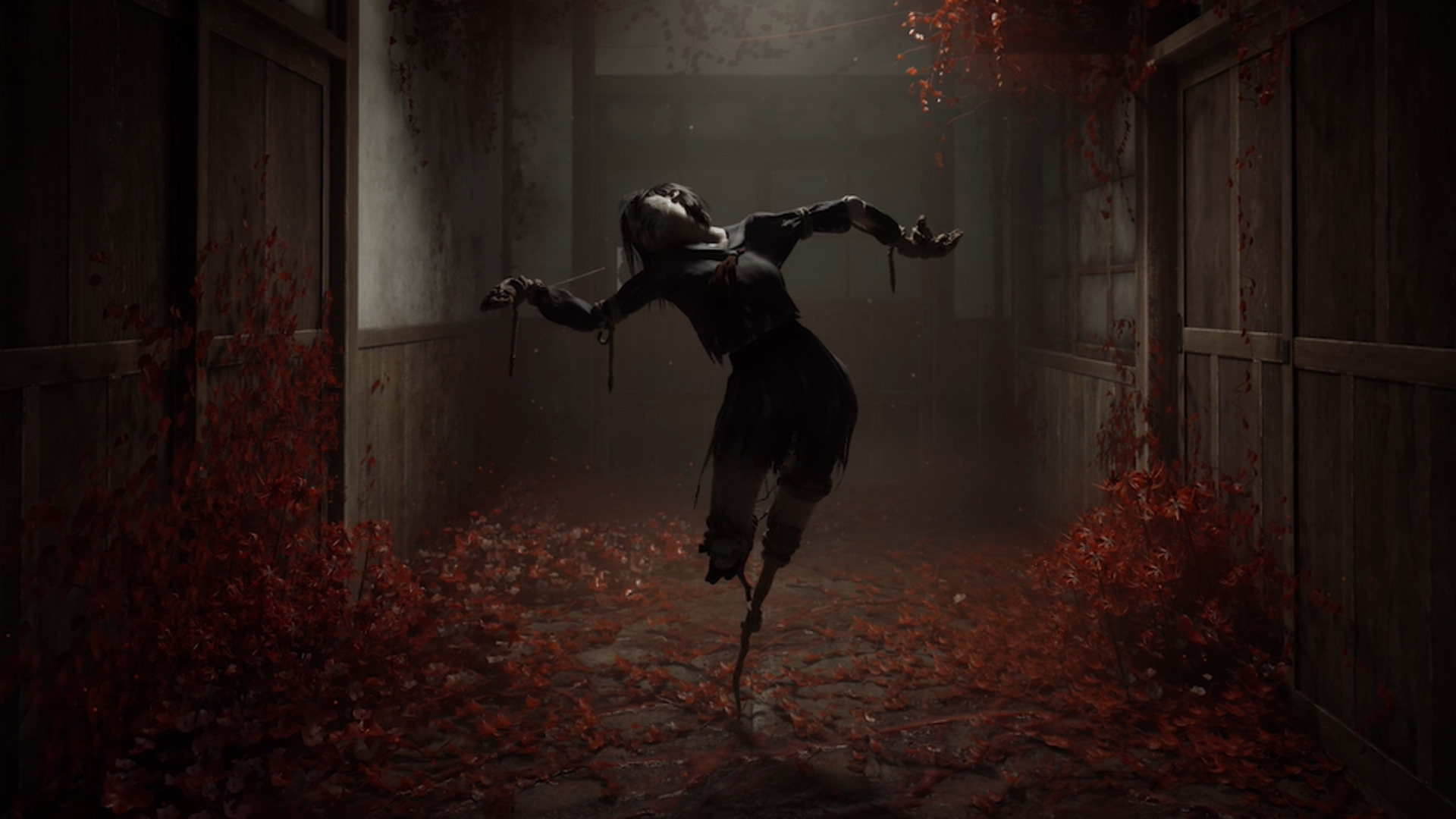Setting Silent Hill f in Japan is the smartest move Konami has made for the survival horror series since The Room moved out in 2004
Opinion | Silent Hill games have never been about a place, but about a feeling

You'd think that for a game franchise named after a specific location, Silent Hill would be the most important thing about Silent Hill f. In many ways, I think it is – not the place itself, but the distinct sense of place it cultivates.
With developer Neobards leaning into a "fresh but familiar" take on the format in Silent Hill f, and by uprooting us from the USA to Showa era Japan, the upcoming horror game is the loudest iteration of that philosophy yet. In short, Konami is bringing the series back to its roots as a Japanese-made franchise by physically taking us there. Even a cursory glance at the best survival horror games proves it to be dominated by distinctly Japanese conventions. Therefore, as an undefeated titan of the genre, Silent Hill f looks and sounds like the most Silent Hill game since the days of Heather Mason – and the keen sense of alienation is a huge part of why I'm so sure it will work.
Welcome home

It's a bold move from Konami. Silent Hill f essentially re-homes Silent Hill in a brand new country, let alone a new state. But the homecoming aspect is kind of a beautiful statement, with the series going back to the heart of survival horror.

The Big Preview Horror Special hub has even more exclusive access to the biggest games in the genre on the horizon, and deep dives into iconic classics!
Beauty itself is integral to Neobards' mission, with Silent Hill f built around the notion of "horrific charm" that is so key in Japanese genre cinema. It's this very charm that draws so many of us to survival horror, whether or not we know it, as is the prevalence of grotesque body horror and psychological themes prevalent among the best Silent Hill games and beyond.
This has carried across to the spate of horror remakes we've seen in recent years. Think of William Birken's trypophobia-inducing excess of glistening yellow eyeballs in Resident Evil 2, the grotesque silhouettes of Dead Space's necromorphs, or the unnatural, arachnoid jut of mannequin limbs in Silent Hill 2, and you could be watching one of Shinya Tsukamoto's finest (or Ringu, more appropriately, when it comes to the last on that list).
But while these Eastern sensibilities have been baked into many Western survival horror games over the years without being overt about it – like Alan Wake 2 for example – Silent Hill f wears that heritage with pride.

Set in the Showa era of Japan, somewhere between 1926 and 1989, the backdrop of Silent Hill f presents a "familiar yet alien" world, one still holding onto "customs and superstitions long forgotten," according to the recent deep-dive video on YouTube.
Weekly digests, tales from the communities you love, and more
Gone are the rusty hues of the Overworld, the barren streets and urban decay of a forgotten American town. Instead, Silent Hill f is cherry blossoms and Torii gates, bright red blood and scattered schoolkids. Neobards describes how the goal here is to make Western players feel unsettled yet awestruck by the cultural differences, shown through architecture, language, and aesthetics, while those local to the Northeast Asian region might feel a creeping sense of twisted familiarity.
It speaks to the extreme care and attention to detail Neobards has put into crafting a distinct atmosphere in Silent Hill f, keeping to the series' core values despite the fresh setting.
Touchdown

Silent Hill f looks and sounds the most Silent Hill game since the days of Heather Mason
That fresh setting is a victory for Konami. In bringing players to Japan for the first time in Silent Hill history, all while maintaining its stylized atmosphere, the series is achieving something it's been striving toward since 2004.
Silent Hill: The Room was the first time the publisher sought to separate Silent Hill "the game" from Silent Hill "the place." Instead of the town or a repeated cast of characters being the series' key lynchpin, it established a new normal: that Silent Hill's atmosphere itself is the unifying thread. Dread is palpable throughout Konami's survival horror legacy series, the oppressive atmospheres in each game memorable not for their visual significance, but how they make us feel. To me, Silent Hill f is just doing the exact same thing – except the visual signifiers are everything.
Silent Hill f's Japanese setting is more than a homecoming. It punctuates Konami's mission to evolve the franchise after 13 long years of dormancy, embracing Silent Hill's past and present in doing so. Of course, it had to stumble a little to get here. Our Silent Hill: The Short Message review sums it up nicely, but last year's bitesize P.T.-like walking sim was a major disappointment for myself and many other fans (I stand by my verdict of "subtle as a brick to the nose"). But now, consider the slate wiped clean. I'm glad to see Konami playing to its strengths without playing things safe.
So yes, maybe Silent Hill f is the biggest risk the publisher has taken in years – but I'm keen to see it pay off tenfold.
Check out all the upcoming PS5 games on the cards for 2025 and beyond, from Silent Hill f to Resident Evil Requiem

Jasmine is a staff writer at GamesRadar+. Raised in Hong Kong and having graduated with an English Literature degree from Queen Mary, University of London in 2017, her passion for entertainment writing has taken her from reviewing underground concerts to blogging about the intersection between horror movies and browser games. Having made the career jump from TV broadcast operations to video games journalism during the pandemic, she cut her teeth as a freelance writer with TheGamer, Gamezo, and Tech Radar Gaming before accepting a full-time role here at GamesRadar. Whether Jasmine is researching the latest in gaming litigation for a news piece, writing how-to guides for The Sims 4, or extolling the necessity of a Resident Evil: CODE Veronica remake, you'll probably find her listening to metalcore at the same time.
You must confirm your public display name before commenting
Please logout and then login again, you will then be prompted to enter your display name.


